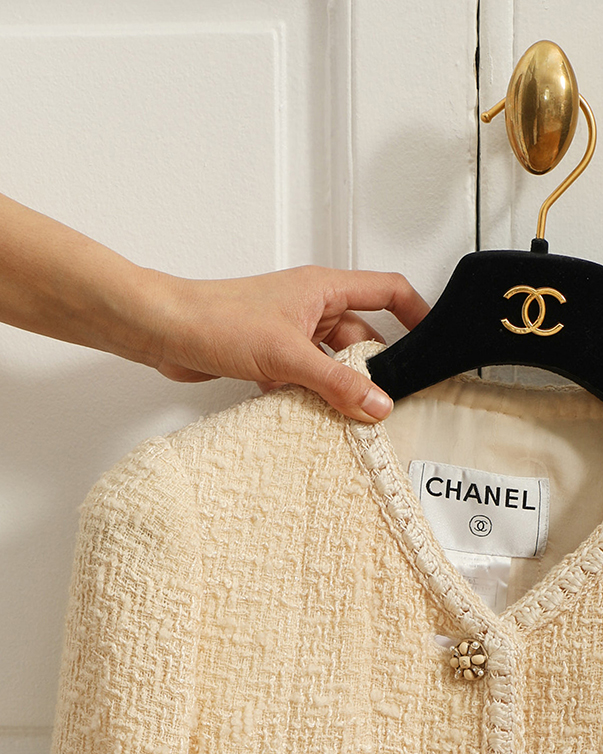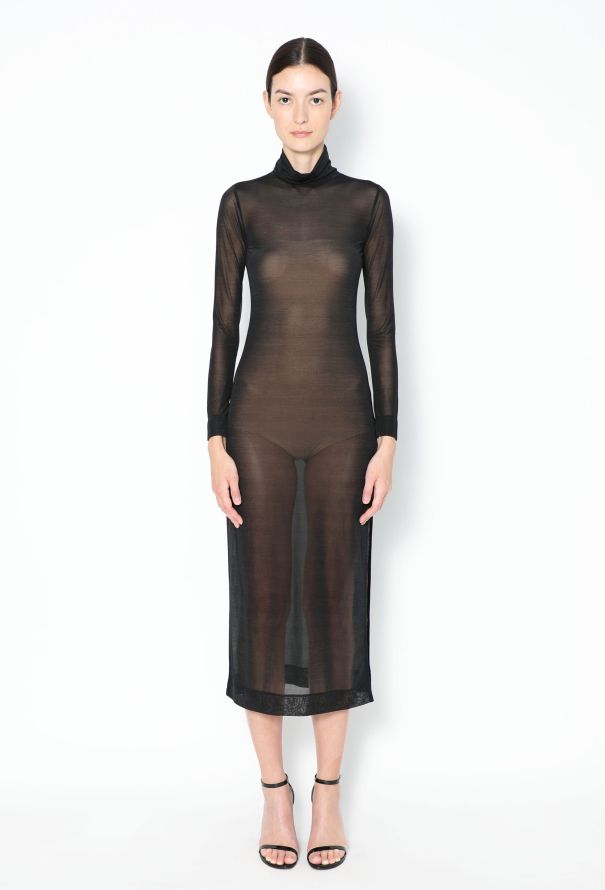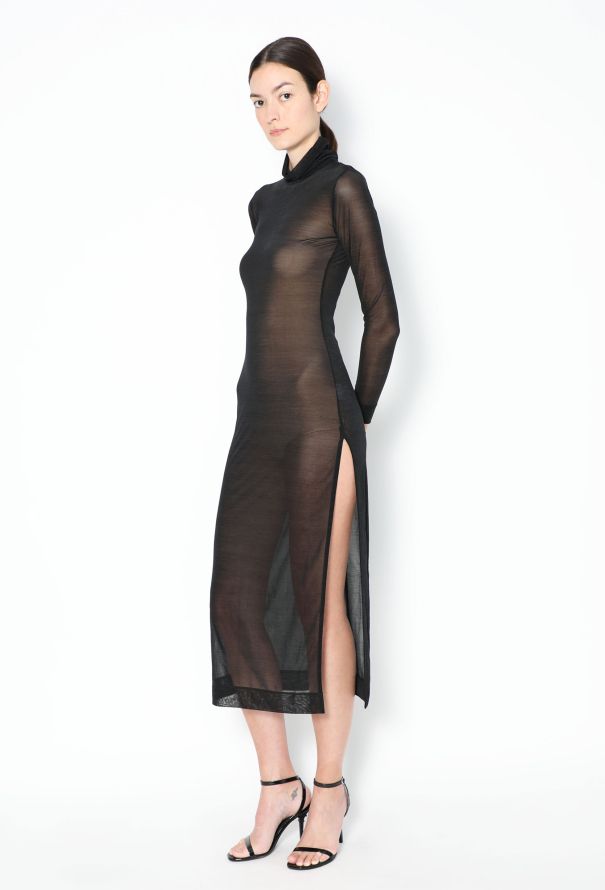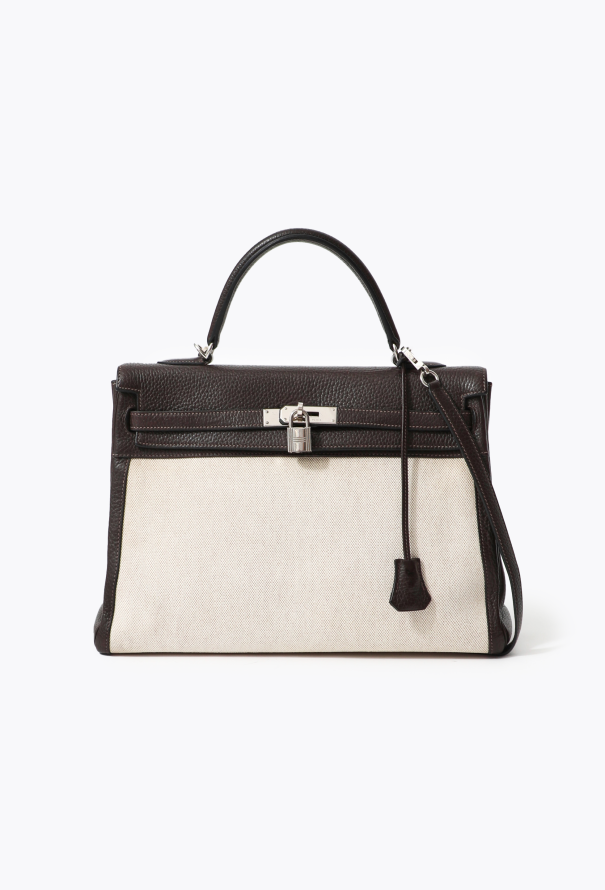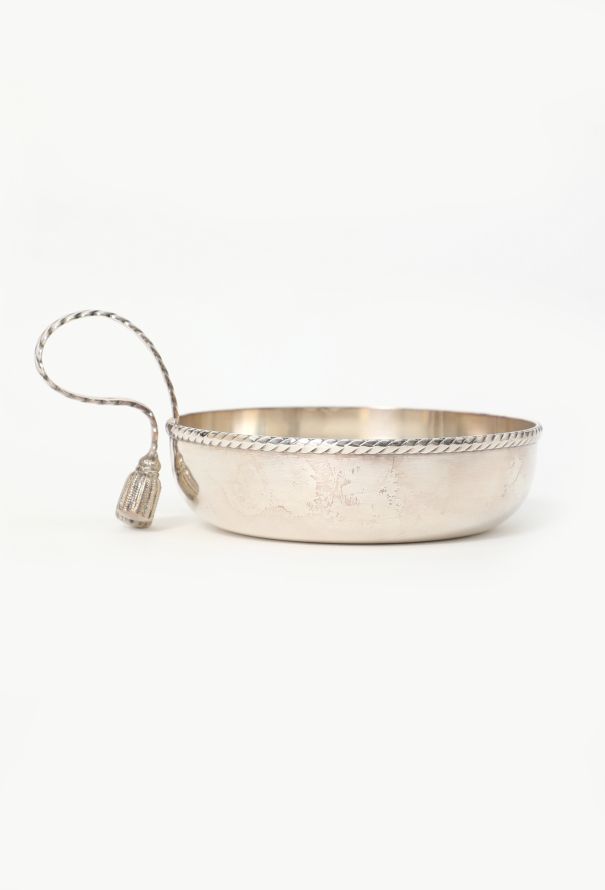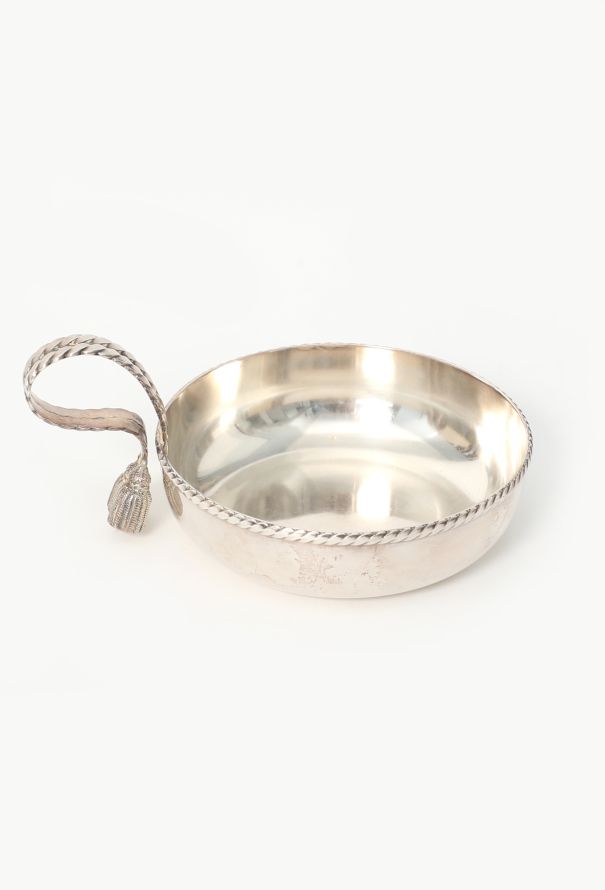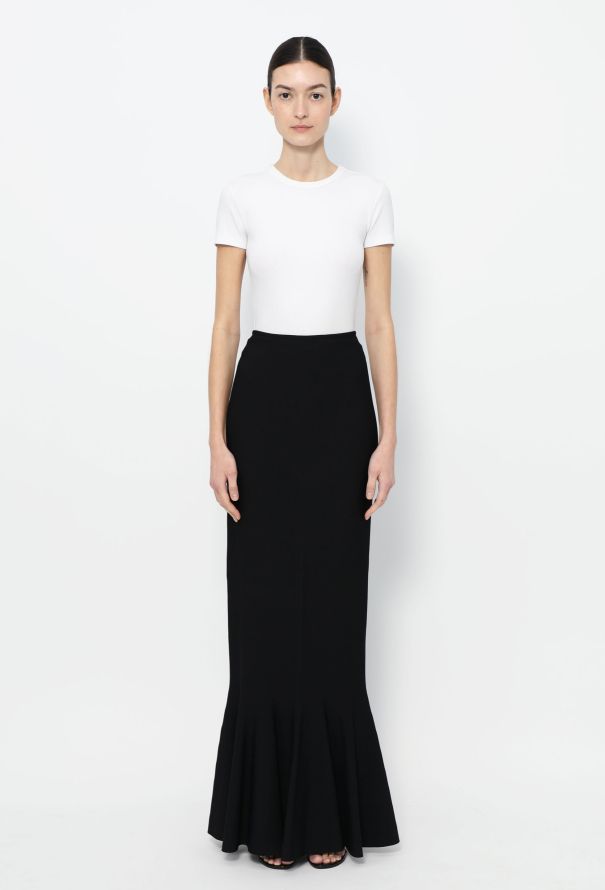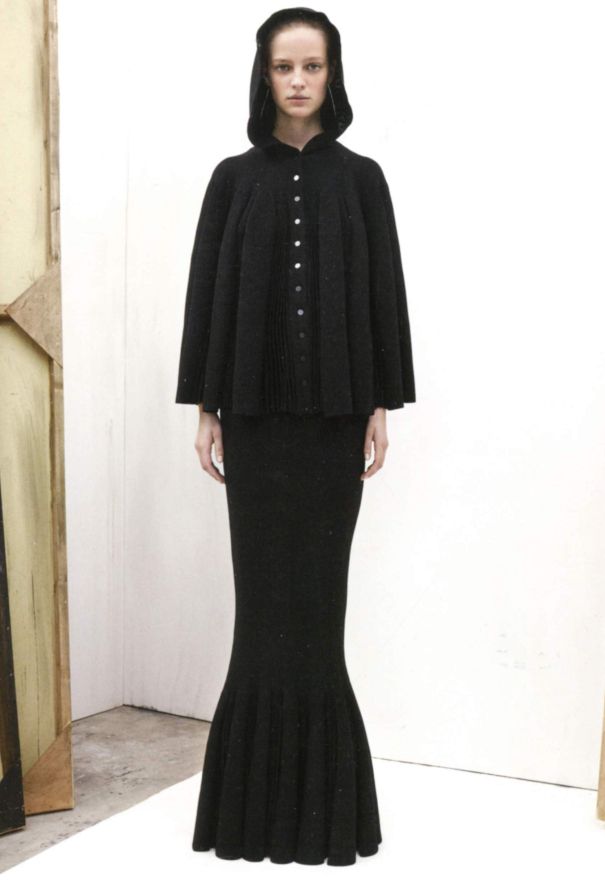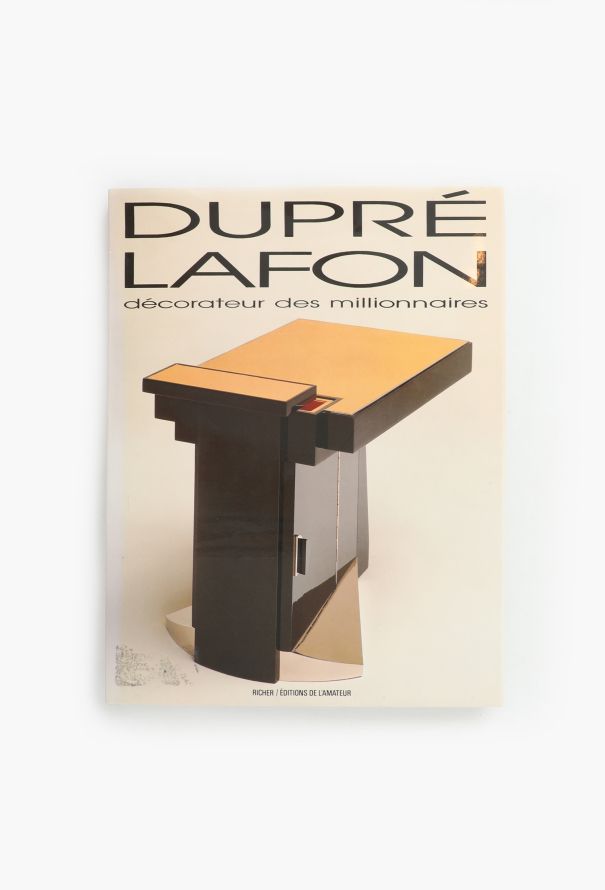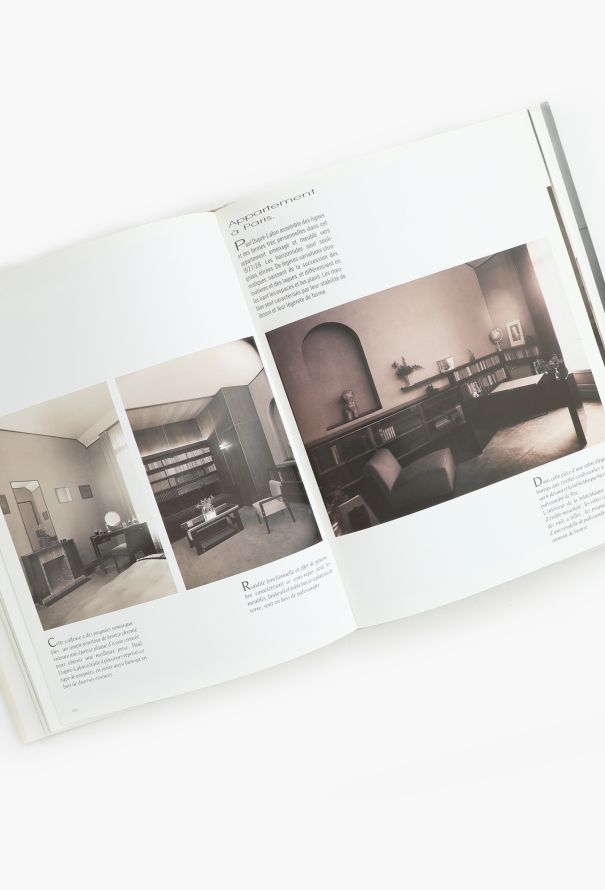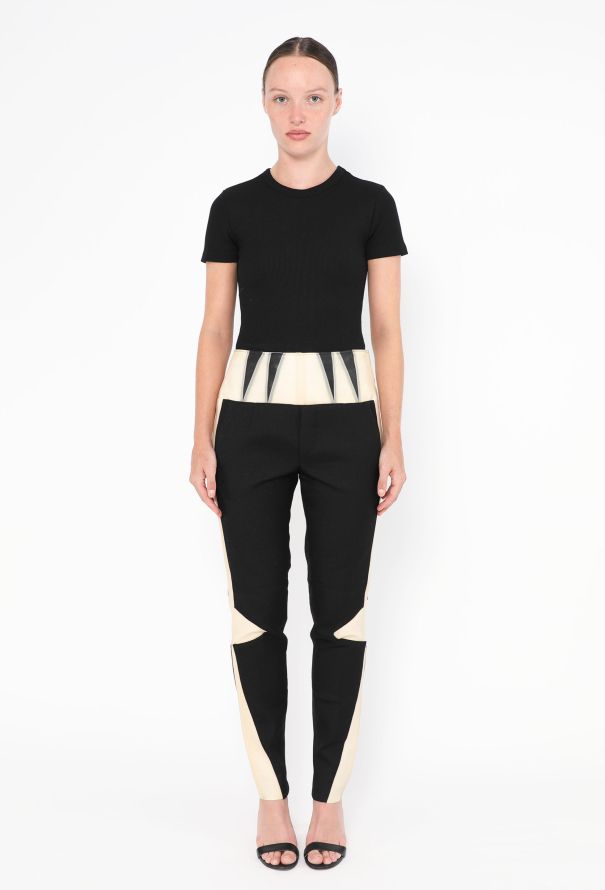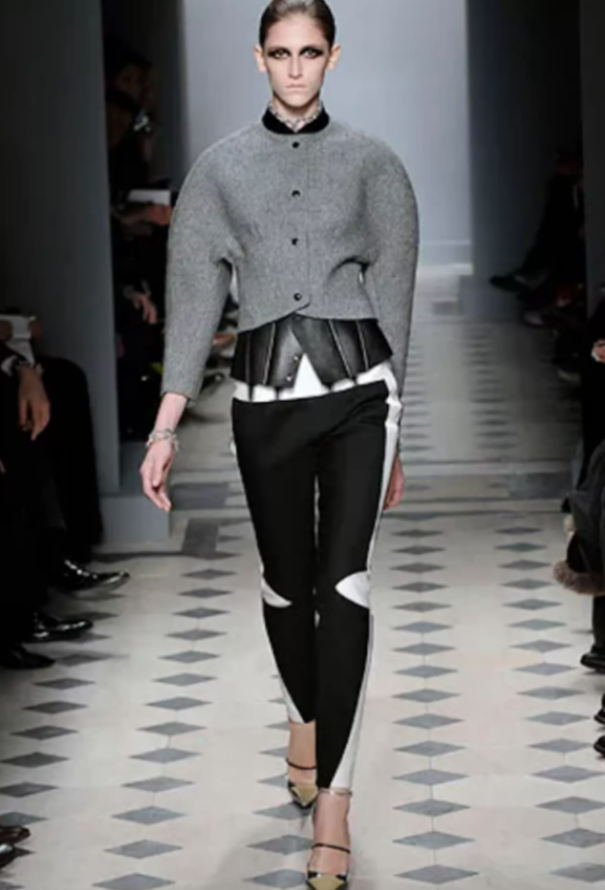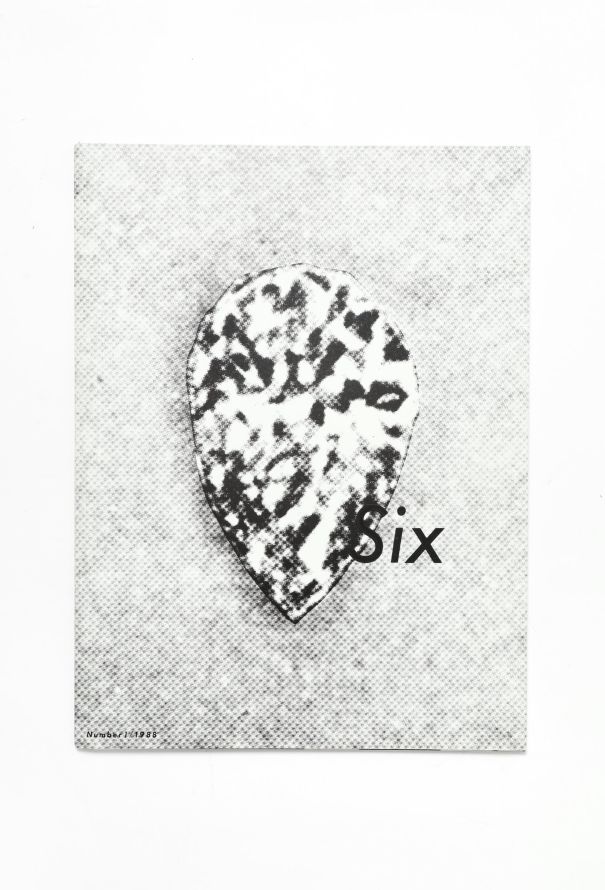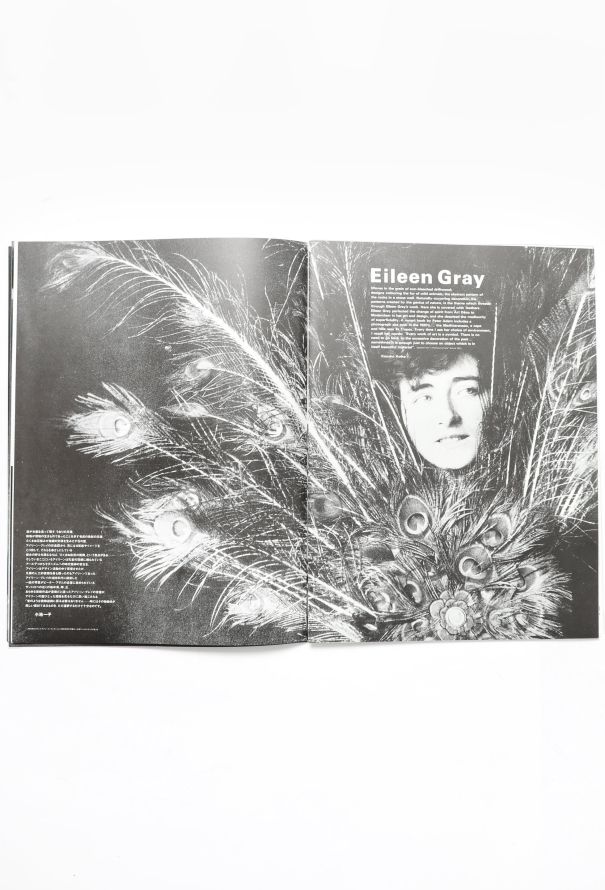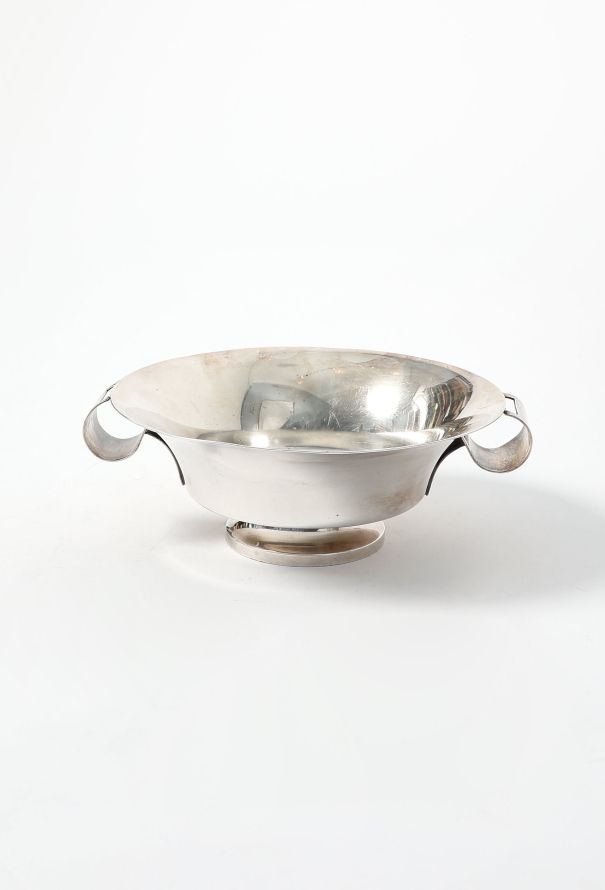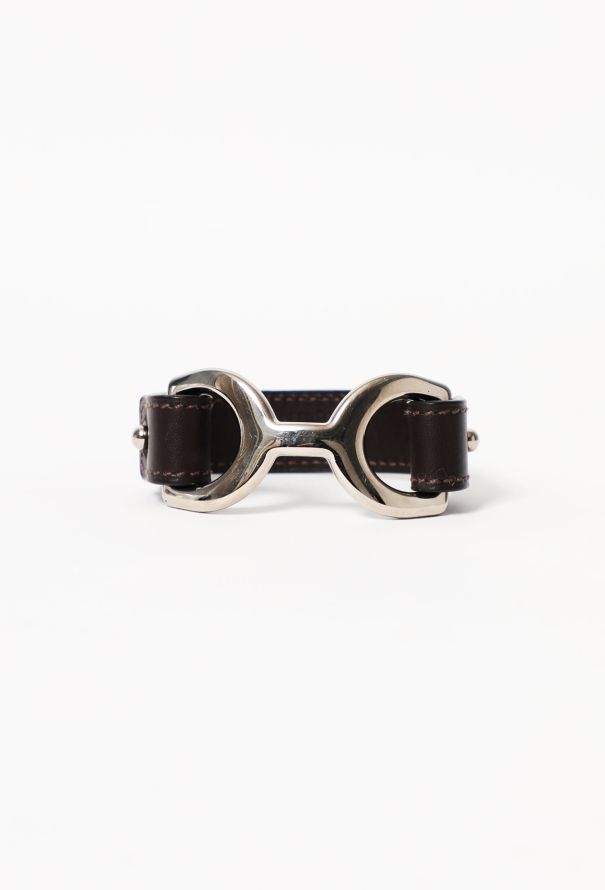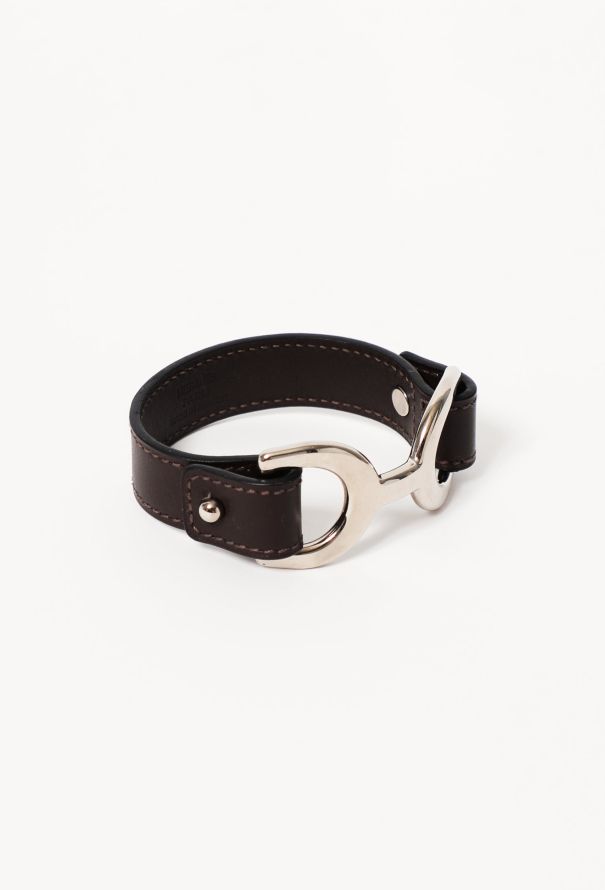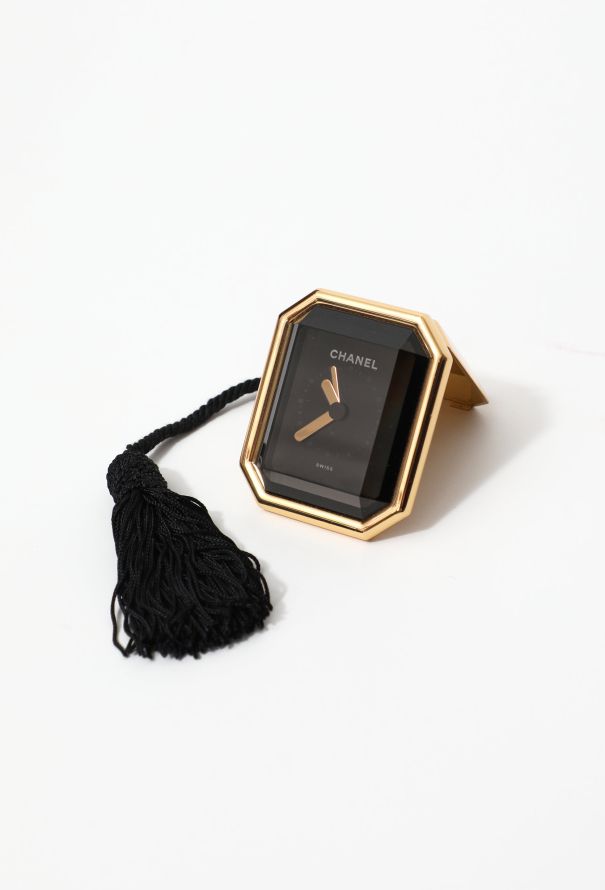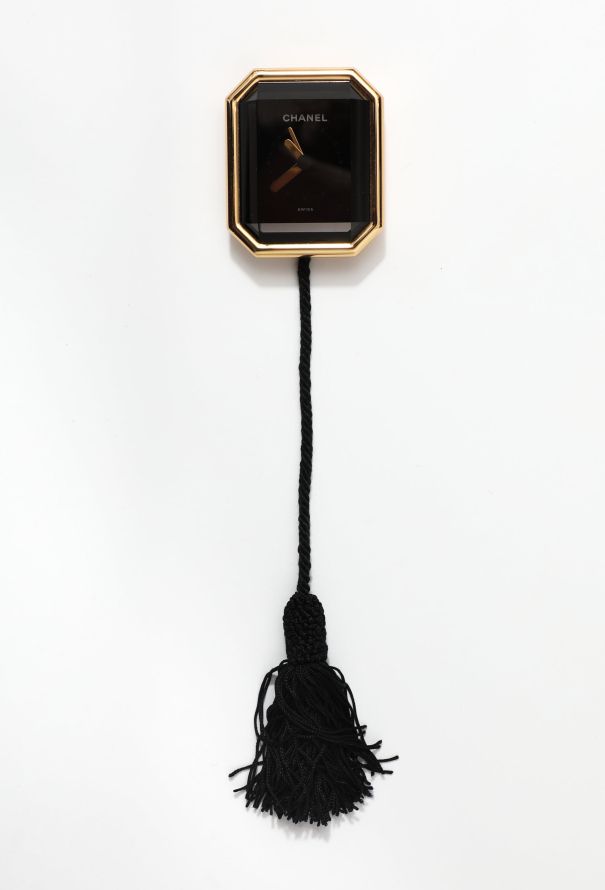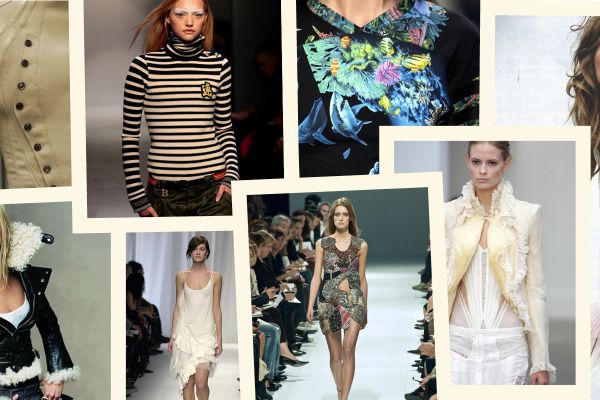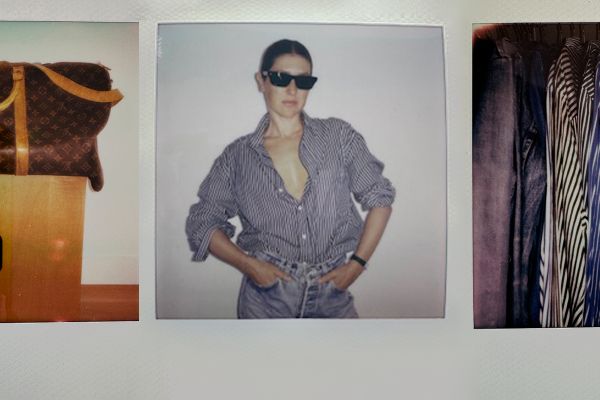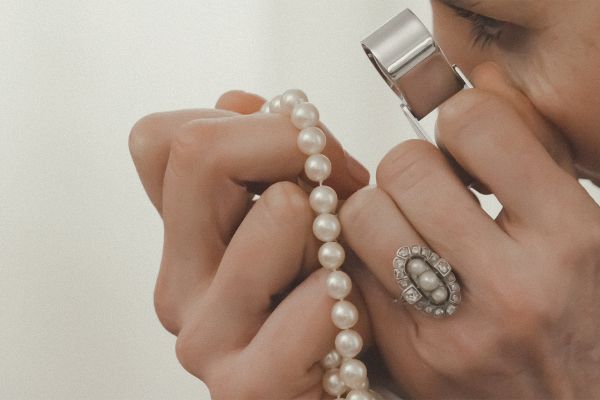The Style Series: Akari Endo-Gaut
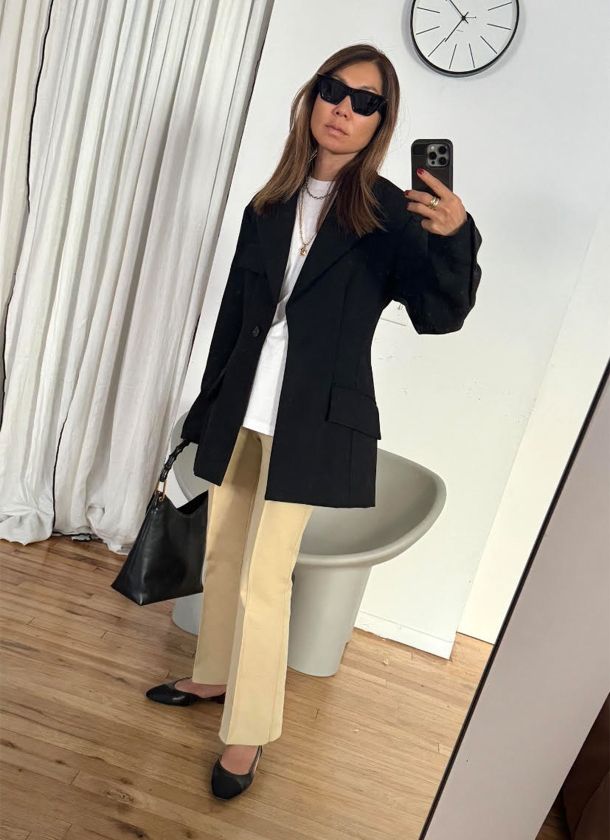
Growing up in Japan, Akari Endo-Gaut was surrounded by archival sartorial treasures. “We are vintage kings,” says the stylist, curator, and Sotheby’s Magazine contributing editor. That innate appreciation for what’s come before set the stage for her arrival in Paris, where she frequented the city’s marchés aux puces and secondhand shops, long before 20th-century Alaïa and Yves Saint Laurent rarities became just a click away. Though she now lives in New York, she still spends her Sunday mornings browsing French auction sites — for both her wardrobe and her home — “just like I am at a flea market,” she happily notes.
Below, Endo-Gaut reveals her wardrobe signatures — from vintage Hermès jewelry to the perfect white T-shirt — her ultimate sartorial rule, and more.
How would you describe your style?
My style is pretty simple and hasn’t changed much. It’s a mix of high and low, with a lot of men’s garments. I like cool and sophisticated with a little edge — it’s never extremely feminine or sexy. I don’t wear the same thing everyday, but I always dress similarly.
What are your wardrobe essentials?
Vintage and Uniqlo U jeans, jackets and blazers, and a lot of button-down shirts — small, big, oversized, tailored in all different materials… T-shirts are very important, too — I’ve been wearing Petit Bateau since college. I like garments that I can wear again and again, that are easy to travel with and don’t get too wrinkled, like what a man wears. Anybody who knows me knows that I’m always in the same jewelry whether I’m in the water, on the street, or traveling. I never take off Cartier rings from my mother, a Cartier necklace and watch, a vintage Hermès necklace and bracelet, and my wedding band.
How did growing up in Japan and then living in Paris before moving to New York influence your style?
In Japan, we had no fear of mixing and always mixed sporty or street items into our wardrobes. Today, you see that everywhere, but I find that, in general, Japanese culture is very good at that. There are such fashionable people there with their own style, not wearing head-to-toe [designer]. It was a very good lesson. Then, when I moved to Paris, I definitely learned more about how to be chic and dress nicely without much decor, which suited me because I love simple pieces, and I never blew out my hair or wore much makeup. There, it’s more about one’s personality. Coming to America was another freedom because you can dress however you want; in comparison, the French way is almost too restrictive. My journey from Japan to Paris to New York taught me a lot about how people dress and how society reflects dressing.
Why are you drawn to vintage?
For me, it’s everything. In Japan, we are vintage kings, so vintage was always around me growing up. You can find the best American vintage, like Levi’s and leather jackets, there. When I was living in Paris, way before this digital world, there were so many good second-hand shops where I found Alaïa and designer pieces for super cheap. Then, I got addicted. It’s like a treasure hunt. Even today, I get more excited on eBay than a [contemporary] store’s website. Not only is vintage unique — I can’t stand to have the same thing as others — but older pieces were just made more preciously and more properly, design-wise and especially material-wise. I brought one of my mom’s Armani jackets in a summer wool fabric to the tailor to have the shoulders adjusted, and he said, ‘Wow, nobody uses this material anymore.’
How do you incorporate vintage into your day-to-day?
Half of my jewelry is vintage, and I wear second-hand pieces almost everyday, whether it’s a bag or clothing. I have a lot of second-hand Phoebe Philo Céline, and one of my favorite pieces is a very early The Row car coat, which I bought secondhand and still wear all the time. I rarely wear vintage shoes, though, because [footwear] has to be clean and proper. Most of the things we live with in our home are vintage, too. When I was younger, I couldn’t afford to buy full-price, so I looked at second-hand pieces, but, even now, I still think that they look better [than new pieces].
Do you collect a certain designer or era?
In Paris, it was YSL, Cristóbal Balenciaga, and Alaïa. I still try to look for those original pieces. At one point, I was also into military; Amsterdam had a great vintage military store. It’s getting trickier today because [the market] is so exposed and everybody sees and knows everything, so now I look more at vintage homeware. On Sunday mornings, I go through all of the auction websites, as if I am at a flea market.
What’s your greatest vintage find?
I have a lot… Hermès jewelry, a Gucci bamboo bag, and a beautiful Alaïa body-conscious, knee-length gray dress with laser-hole stitches around the body that I wear on special occasions or to go out to dinner with girlfriends.
Which pieces are still on your wishlist?
Every Prada season was so specific and different. If I see anything from the Spring 2009 crinkled collection, I can’t help myself, even if I don’t need it. I also check for Hermès shoes and bags, like the Bolide. I just love the architectural shape and rounded top. The Birkin and Kelly are so iconic, but this one is less in your face and still very elegant. I don’t know how practical it is — and I’m not ready to pay $10,000 — but I love looking.
What’s something that you’ll never give up?
I sold some of my Phoebe Philo Céline, but I’m still so attached to some of my other pieces, like a beige T-shirt-ish dress and another Greek-style dress that has black arms and a bandeau around the waist. That’s my go-to for any wedding. I also have several original Helmut Lang shoes, bags, and shirts that I keep because they’re so precious.
Do you have any style rules?
Being overdressed is my worst nightmare. I’d rather be underdressed in a T-shirt and jeans than have the shame of being overdressed.
What’s in your styling kit?
I have four or five big drawers filled with tights and socks in all different colors. Before shoots, every stylist in New York used to go to the Sock Man on St. Mark’s Place, where you could find every print and pattern. Japan still has the best sock stores though. And I rarely use them, but I also always bring colorful ribbons.
Shop Akari's Selection
At ReSee, every one of our vintage pieces comes with a story. This is, in large part, thanks to our unmatched community of consignors.
Though parting with such sartorial treasures may not be easy, the exceptional personal care we put into ensuring that they will go on to live a second (or, sometimes even, a third, fourth, or fifth) life offers a thrill — one rivaled only by that of the besotted shopper who adds them to her wardrobe.
Sell with us